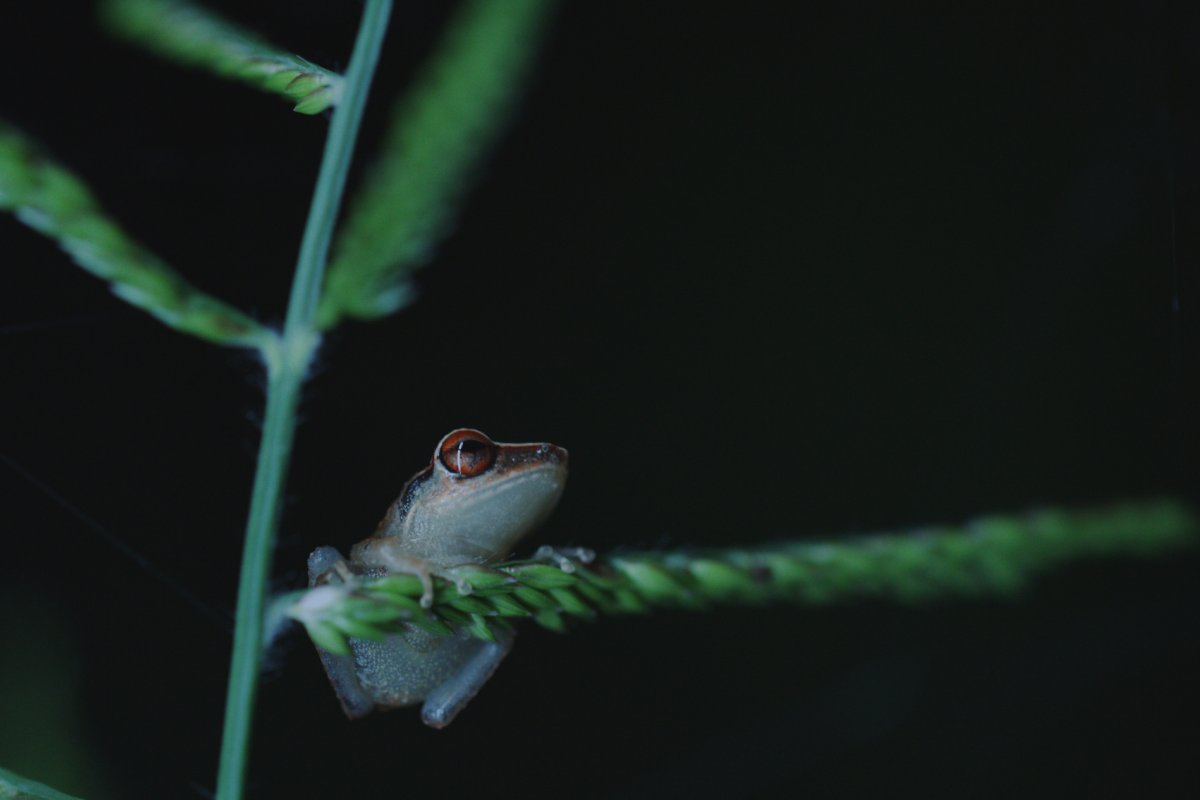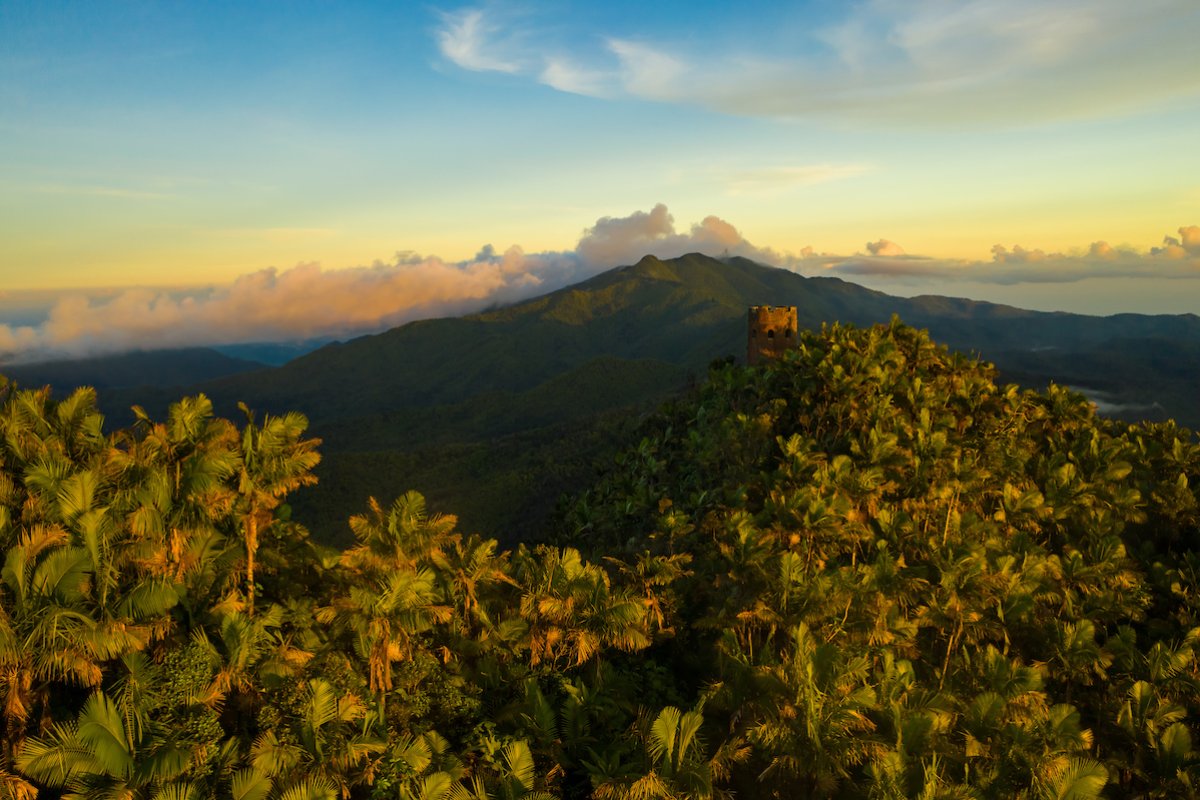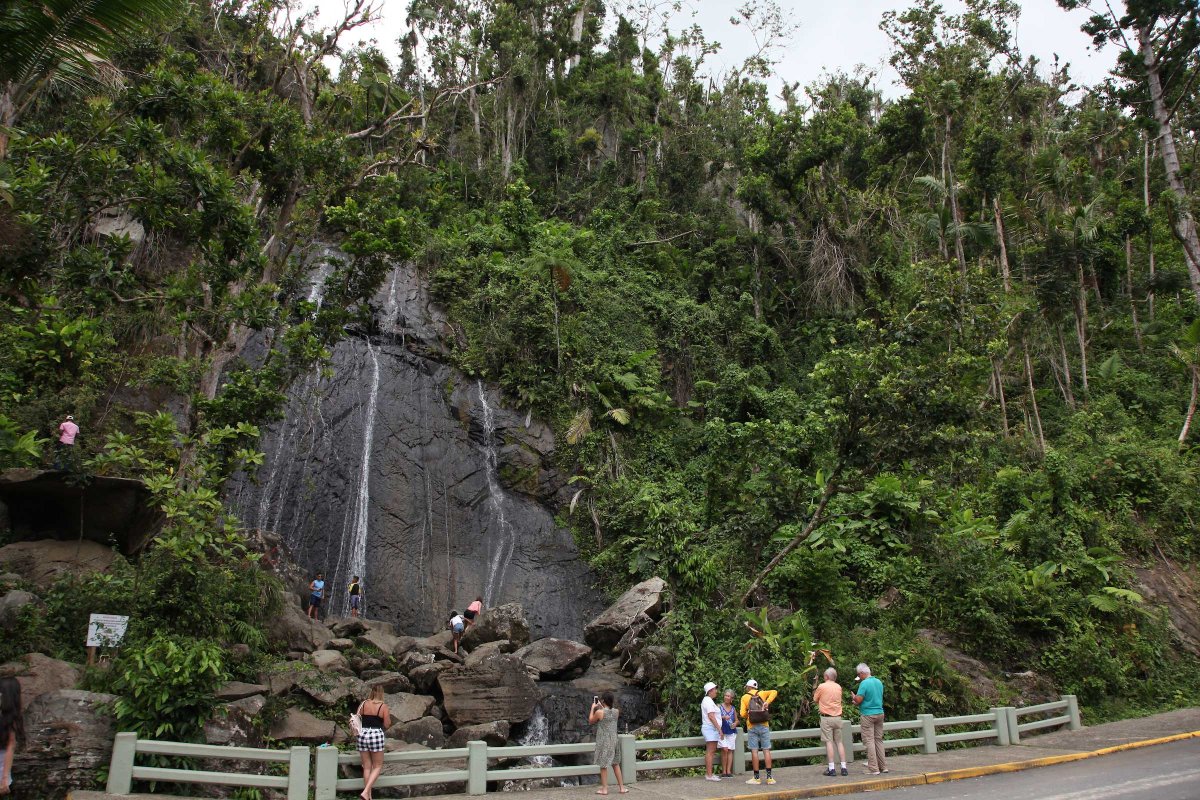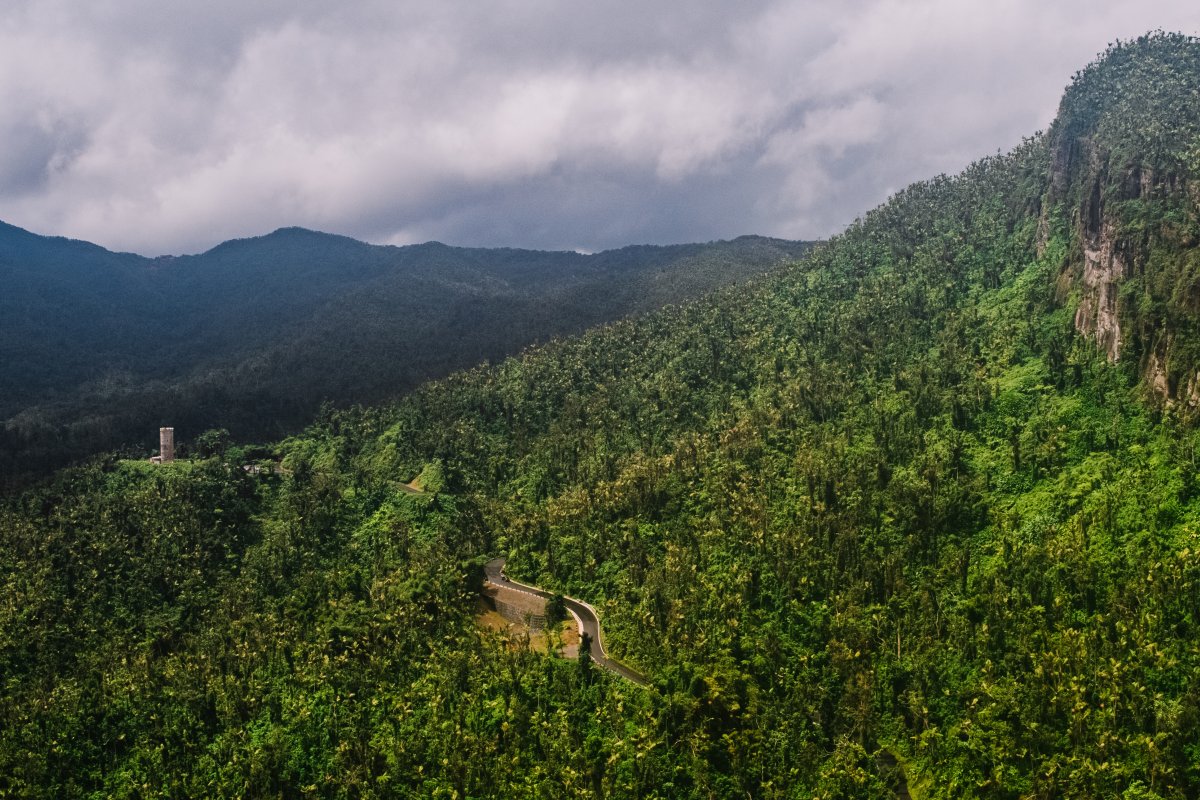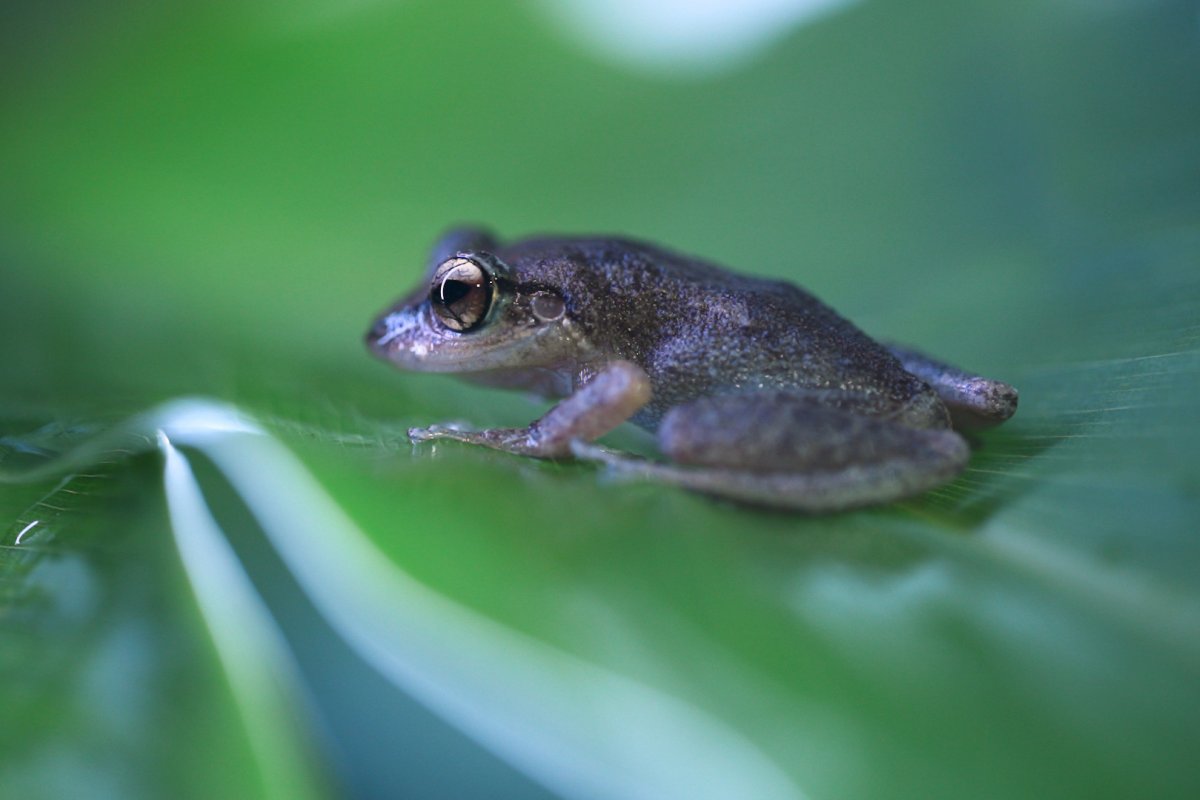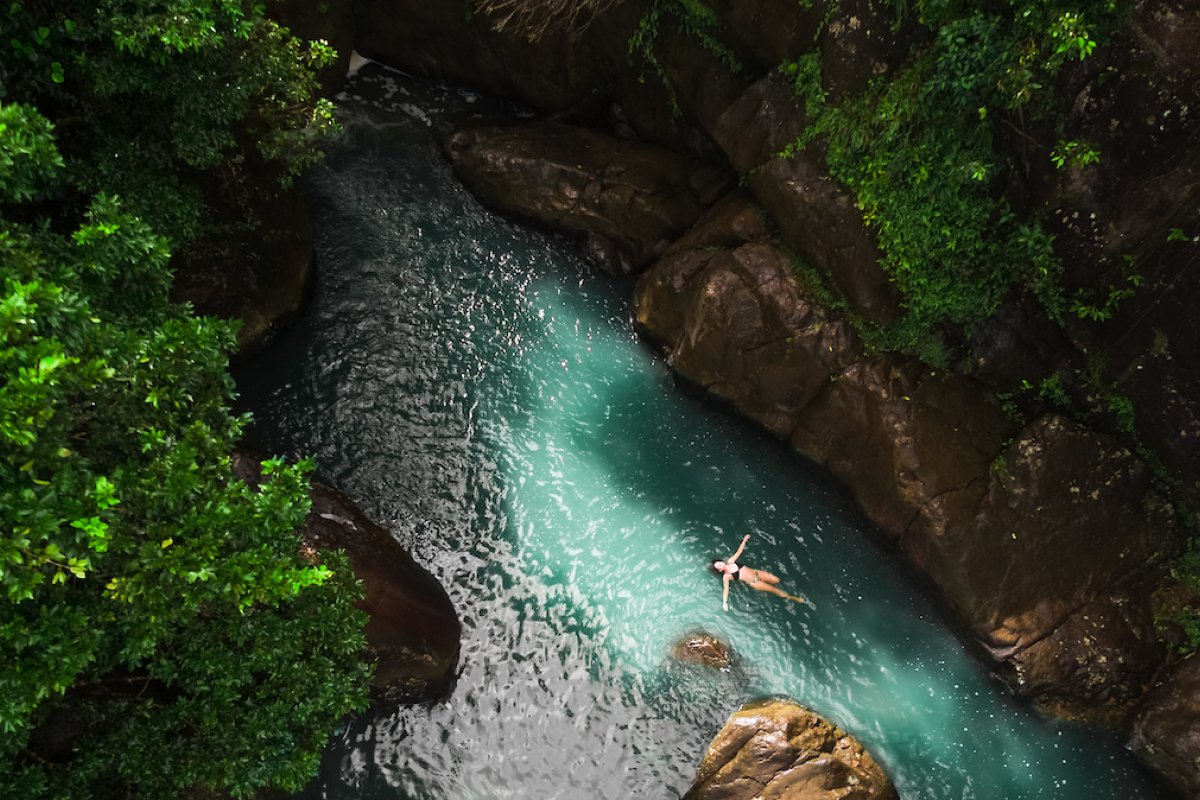Fun facts
The amphibian's common name derives from the co-kee sound produced by males to attract females.
Although the female coquí doesn't sing, it emits a sound when it feels threatened.
Studies show that the first "co" part of a call deters other males, while the "quí" part attracts the females.
There are 17 endemic species of coquí in Puerto Rico— 13 of which can be found in El Yunque.
The coquí is considered the loudest known amphibian; its call has been recorded at peaks of a hundred decibels from three feet away.
Exploring El Yunque Hiking Trails
More about El Yunque
Its name derives from the Taíno word Yuque or Yuké, which means White Earth (Tierra Blanca in Spanish). The Taínos gave it this name because of the white clouds that covered the mountains.
According to various historians, the Taínos believed that their benevolent god Yocahu (also found as Yúcahu, Yocajú, Yukiyú) lived at the top of the mountains of El Yunque and protected them from the god of disorder responsible for hurricanes, Juracán (also known as Huricán.)
The English word hurricane comes from the Taíno word hurakán
The observation tower at El Yunque is named after the god Yokahu.
From there, you can observe two landslides that occurred during hurricanes Irma and María. Park rangers refer to them as Yocahu's battle scars, as El Yunque protected the Island once again from Huricán.
Although it expands for 28,000 acres, El Yunque is one of the smallest forests in the world.
El Yunque has the largest concentration of biodiversity in Puerto Rico. Besides the abundance of coquí, the forest is home to nearly 70 kinds of birds, over 200 types of trees, over 10 species of bats, and multiple lizards.
Before being acquired by the United States Forest Service System, El Yunque was declared a protected territory by the King of Spain in 1876.
During World War II, the US Army placed a radar on the second highest peak to detect German aircraft and submarines.
